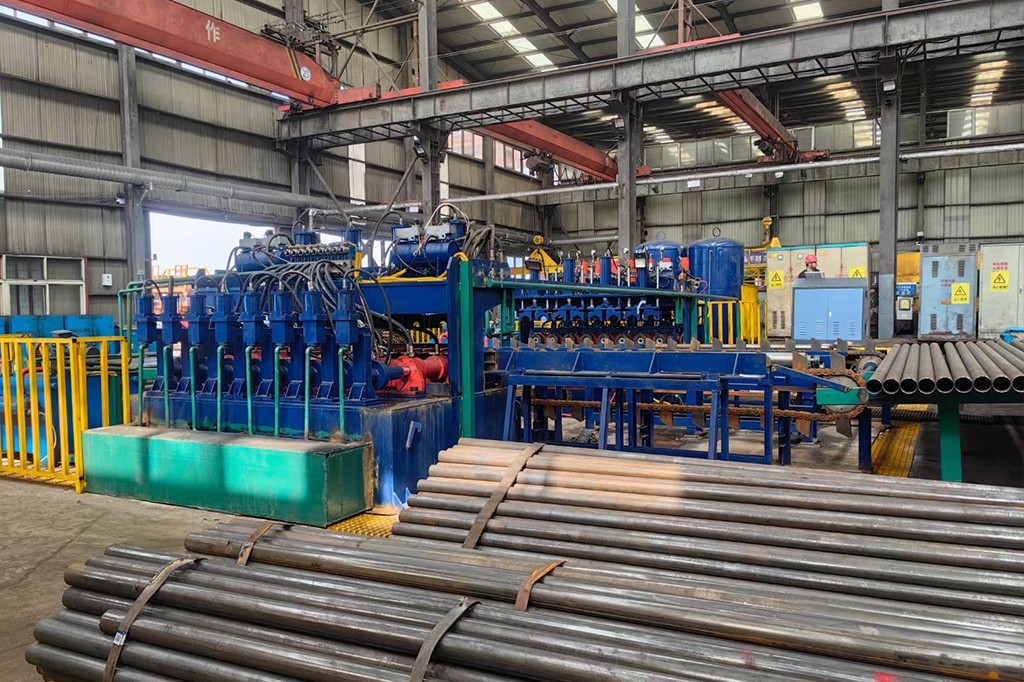What is a pipe hydrotesting machine
02 November 2025
What Is a Pipe Hydrotesting Machine?
When you’re manufacturing or installing pipes, especially for industrial use, you want to be sure those pipes will hold up under pressure. That’s where a pipe hydrotesting machine comes in. It’s a dedicated piece of equipment designed to test whether a pipe can safely carry fluid under pressure without leaking or failing.
Why it matters
Pipes in oil & gas, water supply, chemical plants or general industrial systems are only as good as how reliably they hold up. A failure can mean downtime, environmental hazards or major repair bills. A hydrotesting machine gives you a reliable method to check pipe integrity before the pipe is put into service.
What the machine does
In simple terms, the machine fills the pipe with water (or another suitable liquid), removes air, increases pressure to a defined level (typically above the pipe’s normal design working pressure), keeps it there for a set time, monitors for leaks or deformation, then releases pressure and inspects the pipe.

Key features of the machine
-
It contains pumps and valves that can raise and control pressure precisely.
-
It includes gauges/sensors and data logging, in many cases, so that pressure drop, volume change or deformation can be captured.
-
It has fixtures or adapters to securely seal both ends of the pipe under test.
-
It uses venting systems to remove trapped air (important because air compresses differently than water, which can distort test results).
-
It allows for controlled release of pressure and draining of test fluid after the test.
Where it’s used
You’ll find these machines in pipe manufacturing plants (where each pipe might need certification), in pipeline construction yards (before installation or commissioning), and in maintenance/inspection operations where existing piping may need retesting or verification.
pay attention
-
Ensure the machine’s pressure range is adequate for the pipe’s specification (often test pressure is 1.5× the design working pressure). Check that the sealing and fixturing can handle the pipe diameter, length and end treatment you have.
-
Make sure venting and air-purge are properly handled — skipping this can mask defects.
-
Look for machines with good data logging or documentation capability. This helps with traceability and compliance.
-
Safety matters: high pressure testing involves risk of hose whip, component failure, or fluid injection. Proper guarding, fittings, and controlled release are vital.
If you’re in the business of pipes and want to guarantee your product or installation will perform safely, a pipe hydrotesting machine is an indispensable tool. It gives you confidence that when pressure goes up, your pipes aren’t going to let you down. It’s not just testing for the sake of it—it’s about protecting your business, your customers, and your reputation.





 HOME
HOME



